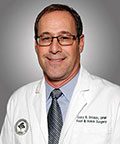- Home
- Foot & Ankle Conditions
- Achilles Tendon Injuries
- Achilles Tendinitis and Achilles Tendinosis
Achilles Tendinitis and Achilles Tendinosis: symptoms, causes and treatments
Dr. Baravarian explains the difference between Achilles Tendonitis, tendinosis, and a rupture
What are Achilles Tendinitis and Achilles Tendinosis?
The Achilles tendon is one of the longest tendons in your body, extending from your calf muscles to the calcaneus (heel bone). Achilles tendinitis is a common overuse injury that results in inflammation of the tendon. This overuse injury results from repetitive stress to the tendon.
Achilles tendinitis vs. tendinosis: what's the difference?
Achilles tendinosis is very similar to tendinitis with one critical difference: it has now become a chronic condition, usually because the injury wasn’t properly treated early on. When the condition progresses to degeneration, thickening of the tendon along with scar tissue can occur, resulting in partial tearing of the tendon fibers. At this point, without medical intervention, the pain will remain or get worse over time.
- What are the symptoms of Achilles tendinitis?
- What causes Achilles tendinitis?
- How do the podiatrists at University Foot & Ankle Institute diagnose an Achilles injury?
- What are conservative treatments for Achilles tendinitis?
- Advanced non-invasive treatments For Achilles tendinosis
- Surgery options for Achilles tendon repair
- UFAI's Achilles Tendinitis & Tendinosis Fast Facts
- Why UFAI is the best choice for Achilles tendon injuries
- Achilles Tendinitis FAQs
- Are steroid injections helpful in the treatment of Achilles tendon disorders?
- Do you commonly use ultrasound and magnetic resonance imaging (MRI) to evaluate Achilles pain?
- Can Haglund’s deformity contribute to Achilles tendonitis?
-
Foot and Ankle Surgeon and Co-Director of University Foot and Ankle Institute
Board-Certified Podiatric Foot and Ankle Specialist, Dr. Gary Briskin, DPM, FACFAS, began his medical training by serving a residency at Flint General Hospital in Michigan. Once completed, he established a practice in Century City Hospital, where he soon became chief of podiatric surgery.
Dr. Briskin is a Diplomat of the American Board of Podiatric Surgery and a Fellow of the American College of Foot and Ankle Surgeons. He also serves as an assistant clinical professor at the UCLA School of Medicine and is co-founder and co-director of University Foot and Ankle Institute.
Read Our Achilles Tendon Blog Articles
- An Inside Look at Shockwave Therapy for Heel Pain, now available in Valencia, CA
- Avoiding Foot and Ankle Overuse Injuries While Dog Walking
- How Carrying Extra Weight Affects Your Feet and Ankles
- What's Plantar Tendonitis and Why is it Still a "Medical Mystery"?
- Got Plantar Fasciitis or Achilles Tendonitis? Could PRP, Amniox Stem Cells or Cortisone Answer Your Pain Relief Prayers?
- Your Lower Back Pain May Be Caused By How You Walk
- Common Prescriptions and OTC Medications That Affect Your Feet and Certain Foot and Ankle Conditions
- Achilles Tendinitis Treatment Do’s and Don’ts
- Beat the 6 Most Common Walking Pains
 I have been suffering from some nasty plantar fasciitis for some years now, and after orthotics and doing my own stretching, I ...Sa W.
I have been suffering from some nasty plantar fasciitis for some years now, and after orthotics and doing my own stretching, I ...Sa W. Overall, it was a great experience. I've been coming to Dr. Kellman for about a year and he and his staff are very helpful.Vanessa W.
Overall, it was a great experience. I've been coming to Dr. Kellman for about a year and he and his staff are very helpful.Vanessa W. ExcellentDebasish M.
ExcellentDebasish M. Everyone was friendly and professional.Victor L.
Everyone was friendly and professional.Victor L. Very efficient and an excellent serviceHorwitz J.
Very efficient and an excellent serviceHorwitz J. Chaos in the office checkin. We weren’t forewarned about the iPad data collection. That made me late for a following appointmen...Carl C.
Chaos in the office checkin. We weren’t forewarned about the iPad data collection. That made me late for a following appointmen...Carl C. Dr Nalbandian is an exceptional doctor and person. The staff respectfully & compently delt with an issue I had regarding a prev...Karen M.
Dr Nalbandian is an exceptional doctor and person. The staff respectfully & compently delt with an issue I had regarding a prev...Karen M. Visiting the office is a pleasurable occurance.Thomas J.
Visiting the office is a pleasurable occurance.Thomas J. Staff very friendly. Validate parking. Dr Feldman is the bestSharon P.
Staff very friendly. Validate parking. Dr Feldman is the bestSharon P. Dr Kelman and his staff are always wonderfully caring and respectful to my father who has Alzheimer's dementia.Erland E.
Dr Kelman and his staff are always wonderfully caring and respectful to my father who has Alzheimer's dementia.Erland E. Thank you for being there for your patients.Dieter B.
Thank you for being there for your patients.Dieter B. Although the doctor was delayed performing a procedure at another location, she arrived as I finished my paperwork. She was fri...Julio S.
Although the doctor was delayed performing a procedure at another location, she arrived as I finished my paperwork. She was fri...Julio S.
-
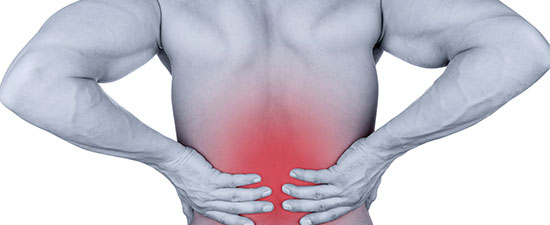 Listen Now
Your Lower Back Pain May Be Caused By How You Walk
Read More
Listen Now
Your Lower Back Pain May Be Caused By How You Walk
Read More
-
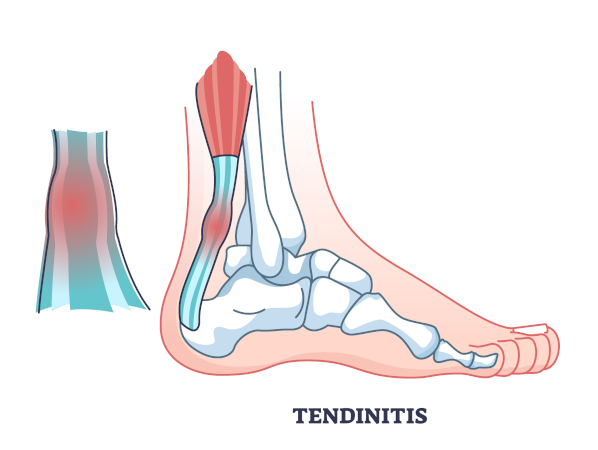 Achilles Tendinitis Treatment Do’s and Don’ts
Read More
Achilles Tendinitis Treatment Do’s and Don’ts
Read More
-
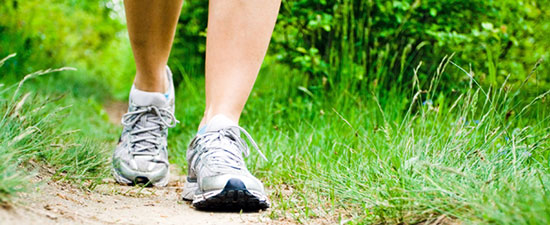 Listen Now
Beat the 6 Most Common Walking Pains
Read More
Listen Now
Beat the 6 Most Common Walking Pains
Read More
-
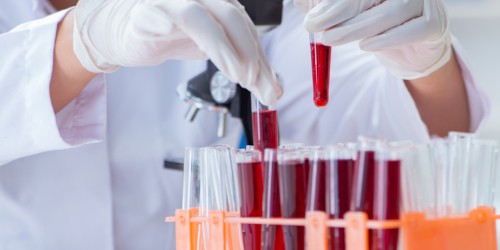 Got Plantar Fasciitis or Achilles Tendonitis? Could PRP, Amniox Stem Cells or Cortisone Answer Your Pain Relief Prayers?
Read More
Got Plantar Fasciitis or Achilles Tendonitis? Could PRP, Amniox Stem Cells or Cortisone Answer Your Pain Relief Prayers?
Read More
-
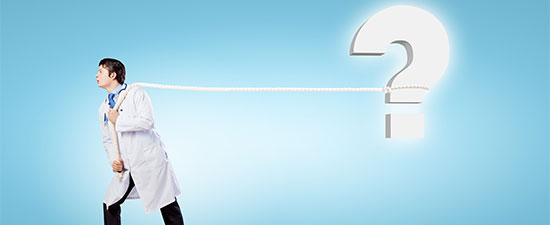 Listen Now
What's Plantar Tendonitis and Why is it Still a "Medical Mystery"?
Read More
Listen Now
What's Plantar Tendonitis and Why is it Still a "Medical Mystery"?
Read More
-
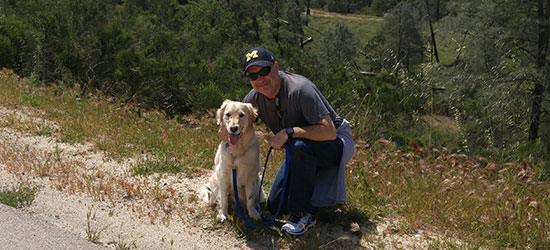 Listen Now
Avoiding Foot and Ankle Overuse Injuries While Dog Walking
Read More
Listen Now
Avoiding Foot and Ankle Overuse Injuries While Dog Walking
Read More
-
 Listen Now
Common Prescriptions and OTC Medications That Affect Your Feet and Certain Foot and Ankle Conditions
Read More
Listen Now
Common Prescriptions and OTC Medications That Affect Your Feet and Certain Foot and Ankle Conditions
Read More
-
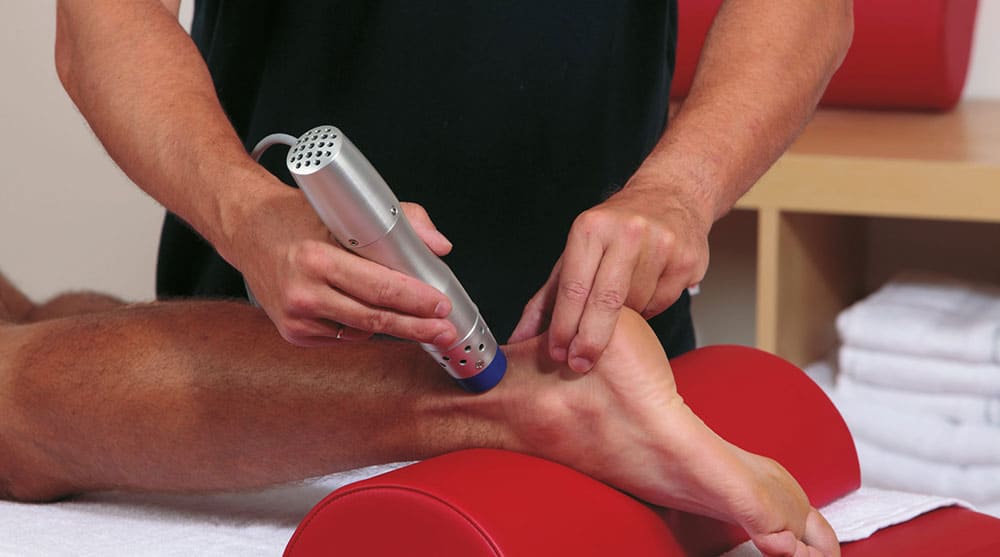 Listen Now
An Inside Look at Shockwave Therapy for Heel Pain, now available in Valencia, CA
Read More
Listen Now
An Inside Look at Shockwave Therapy for Heel Pain, now available in Valencia, CA
Read More
-
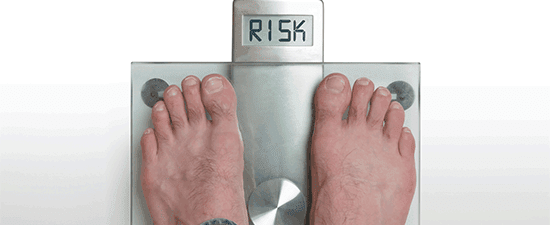 Listen Now
How Carrying Extra Weight Affects Your Feet and Ankles
Read More
Listen Now
How Carrying Extra Weight Affects Your Feet and Ankles
Read More


